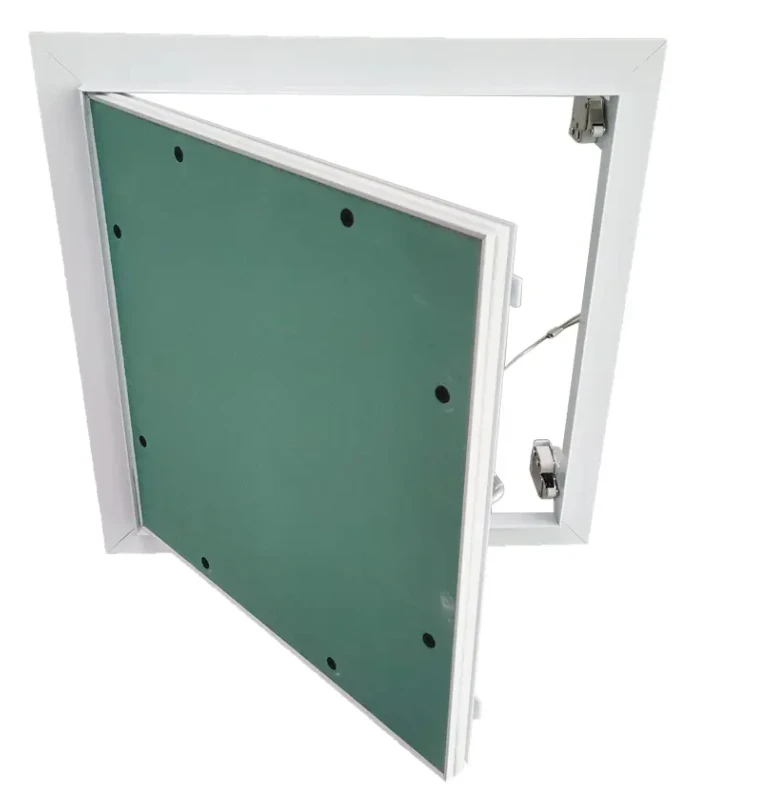Dec . 03, 2024 22:35 Back to list
Grid Cover Options for Suspended Ceiling Designs and Installations
Understanding Grid Covers for Drop Ceilings
In the world of construction and interior design, drop ceilings, also known as suspended ceilings, are a popular choice for both residential and commercial spaces. They provide an aesthetic appeal while serving practical functions such as hiding electrical wiring, plumbing, and HVAC systems. One vital component of these structures is the grid cover—a crucial element that not only supports the ceiling tiles but also contributes to the overall appearance of the ceiling.
What Are Drop Ceilings?
Drop ceilings are made up of a grid system that is suspended from the main ceiling. This grid is typically constructed from lightweight materials such as metal or PVC, forming a network of squares or rectangles. The spaces between the grid sections allow for the installation of tiles or panels that can be made from various materials, including mineral fiber, metal, and even wood. These tiles can also be easily removed for access to the above-ceiling infrastructure, making drop ceilings incredibly versatile.
The Role of Grid Covers
Grid covers serve specific functions within the drop ceiling system. First and foremost, they provide a finished appearance to the ceiling grid. Many homeowners and business owners prefer the look of a seamless ceiling to the raw metal grid, which can appear industrial and unfinished. Grid covers come in various styles, colors, and materials, allowing for customization to fit the aesthetic preferences of the space.
Additionally, grid covers protect the grid from dust and dirt accumulation. Over time, dust can build up in the grid channels, making it look unsightly. A grid cover can help prevent this buildup, maintaining a cleaner appearance and reducing the need for frequent cleaning.
Types of Grid Covers
There are several types of grid covers available on the market, each tailored to different needs
grid covers for drop ceiling

1. Snap-On Grid Covers These are designed to snap directly onto the existing grid. They are lightweight and easy to install, making them an ideal choice for DIY projects. Snap-on covers are available in various colors and finishes, allowing for remarkable customization.
2. Adhesive Grid Covers This type typically uses peel-and-stick technology, which makes installation straightforward. The adhesive backing allows the cover to remain securely in place, providing an attractive finish without the need for complex installation tools.
3. Magnetic Grid Covers These covers utilize magnets to attach to the grid system, offering flexibility and ease of use. They can be removed easily for maintenance or updates, making them a convenient choice for spaces where change is frequent.
4. Custom-Fit Grid Covers For unique spaces, custom-fitted grid covers can be designed to match specific dimensions and styles. This option might be more costly, but it allows for a perfect fit and a cohesive look that aligns with the design vision of the project.
Installation and Maintenance
Installing grid covers is generally straightforward and can be a rewarding DIY project. Most systems require minimal tools, and the process usually involves measuring the grid, cutting the cover to size if necessary, and securing it in place.
Maintenance is also relatively easy. Regular dusting and occasional washing are typically all that is needed to keep grid covers looking their best. For snap-on and magnetic covers, removal for cleaning can be done quickly, making upkeep manageable.
Conclusion
Grid covers for drop ceilings are an essential component that enhances the functionality and aesthetic appeal of these systems. With various types available, homeowners and designers can find options that best suit their needs and preferences. The use of grid covers not only helps create a polished finish but also simplifies maintenance and upkeep. Whether in a home or commercial environment, investing in quality grid covers can lead to a more attractive and efficient ceiling solution.
-
Durable Ceiling T Grid Systems | Easy InstallationNewsAug.29,2025
-
PVC Gypsum Ceiling: Durable, Laminated Tiles for Modern SpacesNewsAug.28,2025
-
Pvc Gypsum Ceiling Is DurableNewsAug.21,2025
-
Mineral Fiber Board Is DurableNewsAug.21,2025
-
Ceiling Tile Clip Reusable DesignNewsAug.21,2025
-
Ceiling T Grid Modular DesignNewsAug.21,2025







